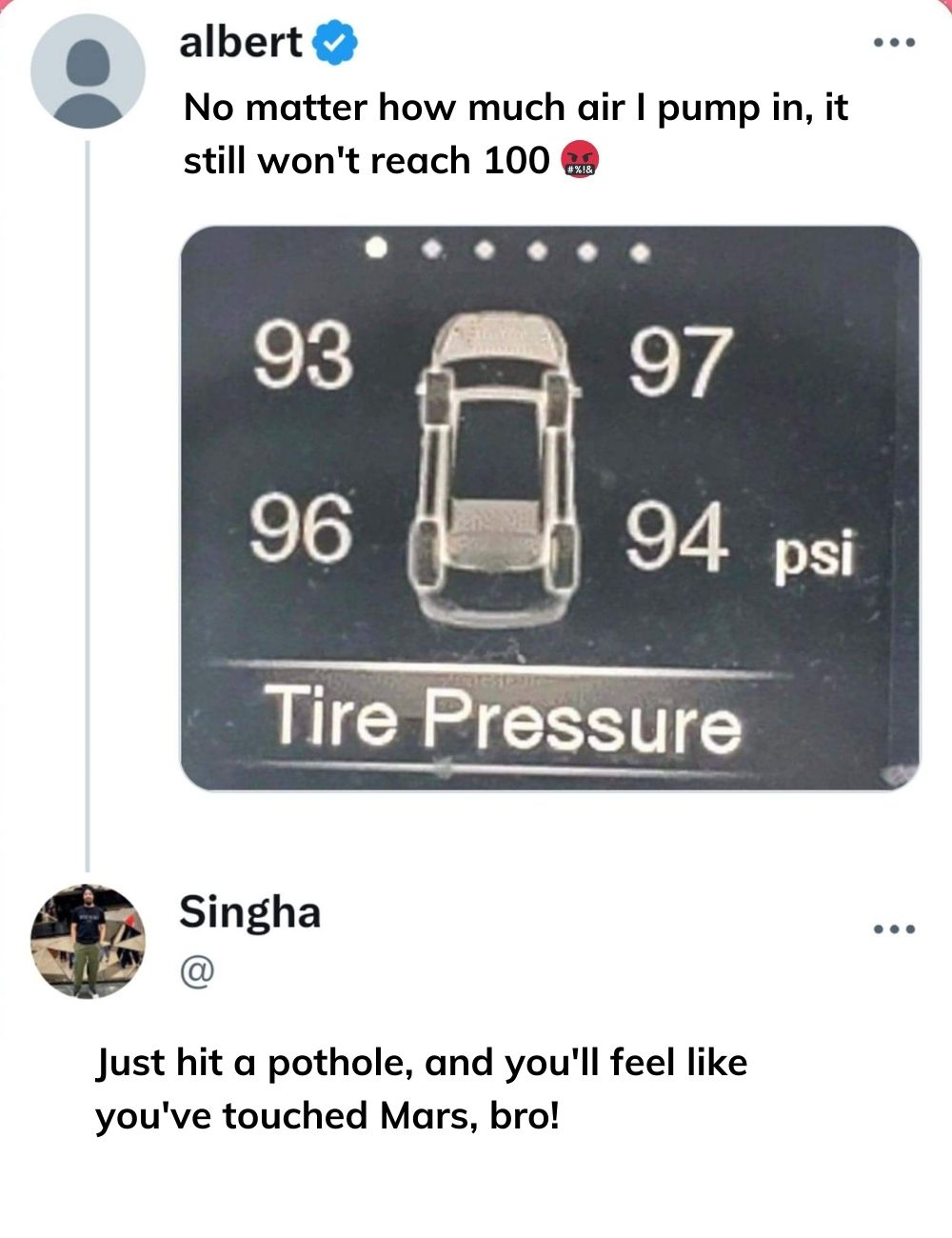Maintaining the correct tire pressure is more than just a routine task—it’s a crucial step for ensuring safety, fuel efficiency, and extending tire lifespan. But how much pressure is considered “just right”? Let’s break it down into simple, actionable steps.

1. Check the Manufacturer’s Recommendation
The ideal tire pressure for your vehicle isn’t a guessing game—it’s specified by the manufacturer for optimal performance and safety.
- Where to Find It: Look in your owner’s manual or on a sticker located on the driver’s side door frame.
- Units of Measurement: Tire pressure is typically measured in PSI (pounds per square inch).
- Typical Range: For most passenger vehicles, the recommended pressure usually falls between 30 and 35 PSI. Larger vehicles, such as trucks or SUVs, may require higher pressure levels.
Never rely solely on the numbers printed on the tire sidewall—that’s the maximum pressure limit, not the recommended operating pressure.
2. Know the Risks of Overinflation and Underinflation
Both overinflated and underinflated tires come with serious risks.
- Overinflation: Too much air can:
- Reduce tire traction
- Cause uneven tire wear
- Make your ride uncomfortable
- Increase the risk of a blowout
- Underinflation: Too little air can:
- Cause uneven wear on tire edges
- Decrease fuel efficiency
- Lead to tire overheating
- Increase the chance of tire failure
Proper tire pressure isn’t just about safety—it also saves you money by preventing premature tire wear and reducing fuel consumption.
3. Take External Factors Into Account
Did you know that temperature changes can directly affect your tire pressure?
- Cold Weather: Air inside the tires contracts, causing pressure to drop.
- Hot Weather: Air expands in high temperatures, causing pressure to rise.
Pro Tip:
Check your tire pressure more frequently during seasonal transitions or after extreme weather changes to ensure they remain within the recommended range.
4. How to Measure and Adjust Tire Pressure
Measuring tire pressure is a quick and easy task if you have the right tools.
- Use a Reliable Tire Pressure Gauge: Digital or analog gauges are widely available and inexpensive.
- Check When Tires Are Cold: Measure tire pressure before driving, as heat from driving can cause temporary pressure increases.
- Adjust Accordingly:
- If pressure is too low, use an air compressor to add air until it reaches the recommended PSI.
- If pressure is too high, gently release air using the gauge or valve stem tool.
Make this a habit—monthly checks are ideal.
5. Don’t Forget the Spare Tire
The spare tire is your backup in emergencies, but it’s useless if it’s underinflated.
- Check the spare tire’s pressure regularly—it should also meet the manufacturer’s recommendation.
- Many spare tires have a higher PSI rating than regular tires, so double-check the specifications.
Final Tip: Make Tire Pressure Checks a Habit
- Frequency: Check your tire pressure at least once a month and before any long road trips.
- Invest in Tools: Keep a tire pressure gauge in your vehicle for easy access.
- Routine Maintenance: Include tire pressure checks in your regular car maintenance schedule.
Proper tire pressure isn’t just about following a guideline—it’s about creating a safer, smoother, and more cost-efficient driving experience.





